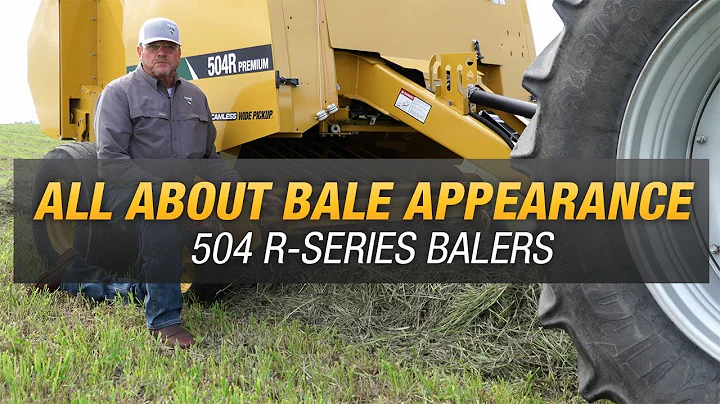Ensuring Fireplace Safety: Inspection, Damper, and Chimney
Table of Contents
- Introduction
- The Importance of Fireplace Safety
- Inspecting the Fireplace
- Checking for cracks and fractures
- Using a metal grate or screen
- Removing combustible items
- Understanding the Damper
- Controlling the airflow
- Avoiding smoke buildup
- Checking the Chimney
- Looking for obstructions
- Ensuring clear passage
- Selecting the Right Fireplace for Your Home
- Pros and Cons of Different Fireplace Types
- Tips for Safe Fireplace Usage
- Maintaining a Safe and Efficient Fireplace
- Conclusion
🔥 The Importance of Fireplace Safety
Enjoying a cozy fire in your home or cabin is a delightful way to create a warm and welcoming atmosphere. However, it is essential to prioritize fireplace safety to prevent any unfortunate fire incidents. In this article, we will discuss the necessary steps to inspect your fireplace to ensure its safety and functionality. We'll explore common issues to watch out for, such as cracks and fractures, and provide tips on using essential safety features like metal grates or screens. Additionally, we'll guide you in properly using the damper and checking the chimney for any obstructions. Lastly, we will delve into the different types of fireplaces available and offer helpful tips for safe usage and maintenance.
🌟 Inspecting the Fireplace
The first step in ensuring your fireplace's safety is to thoroughly inspect it for any visible problems or damages. Here are some key aspects to consider during the inspection:
Checking for cracks and fractures
Take a close look at the fireplace, especially the firebox, for any cracks, fractures, or signs of deterioration. Over time, the intense heat from multiple fires can cause wear and tear on the fireplace structure, potentially leading to safety hazards. Address any visible issues promptly to prevent heat from escaping the firebox and reaching combustible materials.
Using a metal grate or screen
To enhance safety while enjoying your fireplace, it is crucial to have a metal grate or screen in place. Although many modern fireplaces come with a glass front, having a grate or screen acts as an additional safeguard. These accessories catch sparks that may escape the fire and prevent them from landing on nearby flammable objects such as the carpet.
Removing combustible items
Ensure that no combustible materials are in close proximity to the fireplace when in use. Even seemingly harmless items like piles of newspapers can pose a significant fire risk. Always keep the area around the fireplace clear of any objects that could potentially catch fire.
🌟 Understanding the Damper
The damper is a vital component of your fireplace that regulates the airflow and helps control the fire's intensity. It is essential to understand how to use the damper correctly to prevent smoke buildup and ensure efficient ventilation.
Controlling the airflow
The damper handle, typically located near the fireplace opening, controls the damper's position. Before starting a fire, make sure the damper is fully open to allow air to flow freely through the chimney. Opening the damper too late or forgetting to open it at all can lead to smoke backflow, resulting in a foul-smelling environment.
Avoiding smoke buildup
In some modern fireplaces, the damper control may be located inside the firebox, just above the fire itself. Regardless of the damper's location, always ensure it is fully open, allowing the smoke to escape properly. Be cautious, as a buildup of smoke can occur if the damper is not opened, leading to a potentially unpleasant and smoky experience.
🌟 Checking the Chimney
A thorough examination of the chimney is crucial to maintain a safe and efficient fireplace. Inspect the chimney regularly for any blockages that may hinder proper ventilation. Here's how you can ensure the chimney is clear and in good condition:
Looking for obstructions
Using a flashlight, carefully inspect the chimney for any obstructions that could impede the airflow. Birds, squirrels, or debris can often build nests in the chimney, hindering the escape of smoke. Clear any obstructions encountered along the way to ensure a smooth passage for smoke.
Ensuring clear passage
After the initial inspection, verify that you can see all the way to the sky through the chimney. This step is particularly important before the first fire of the season. A clear and unobstructed passage allows the smoke to flow out efficiently and prevents backflow into your living space.
By following these steps, you can ensure that your fireplace is not only a source of warmth and comfort but also a safe and enjoyable feature in your home. Next, let's explore the different types of fireplaces available and the factors to consider when selecting the right one for your home.
(Continued in the next paragraph...)







